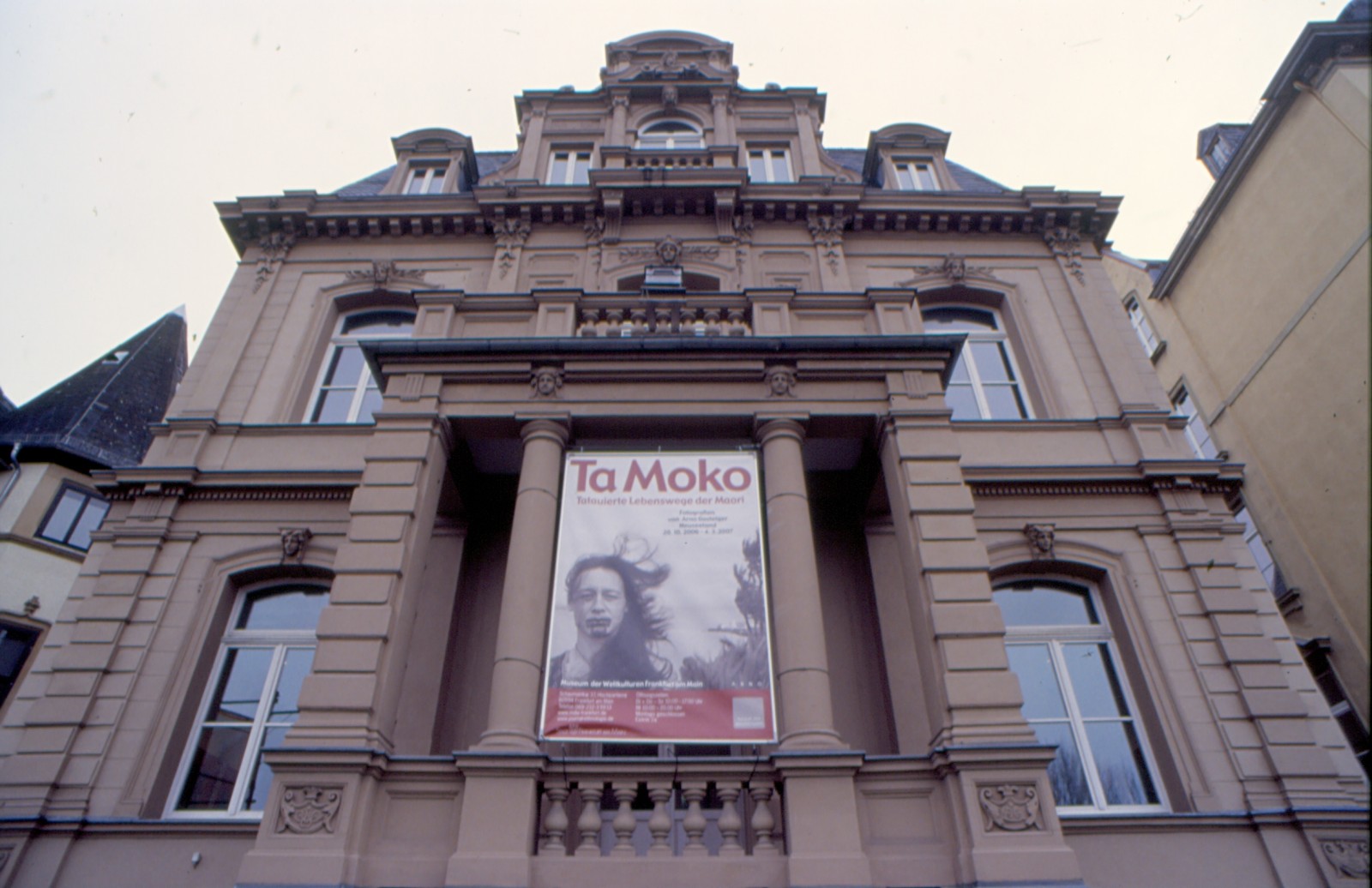Ta Moko. The Maori’s Path of Life in Tattoos.
Based on the example of New Zealand, the exhibition “Ta Moko. The Maori’s Path of Life in Tattoos” is an appreciation of the contemporary practice of tattooing in Oceania. Aside from woodcraft, another outstanding cultural achievement of the Maori, the indigenous population of country, and which endured through to the early 20th Century, was the art of tattooing. However, in the course of missionary work and the annexation of New Zealand by Great Britain during the 19th Century, traditional Ta Moko body art was banned as “the writ of the devil” and gradually disappeared.
Totalling approx. 15% of the entire population of present-day New Zealand, the Maori, who now represent a minority within their own country, have been engaging in a sustained and successful struggle for the recognition of their cultural identity and political rights. One expression of this new-found self-confidence can be witnessed in the increasing number of Maori who have once more been tattooed according to traditional practices.
The photography and texts that make up the exhibition “Ta Moko” relate the stories of six Maori, whose eventful lives have been inscribed into their skin. Important phases of life are documented by western and traditional tattooing. With sixteen, large-format, black and white photographs and biographical texts, the photographer Arno Gasteiger traces each of the particular motives for tattooing among those portrayed. In the process, he seeks to acquire a direct knowledge of the references to life of the Ta Moko and modern tattoos. To this end, the artist photographed subjects whose pasts were often located in criminal milieus: People who, during the course of their lives, have undergone radical change and who have subsequently gone on to become distinguished members of New Zealand society and presently occupy leading positions.
Many tattoos, initially illegally produced in prisons were covered and modified by Moko at later stages of life. The self-discovery of those portrayed Maori manifests itself above all in traditional tattooing as an integral part of their cultural heritage. Today, tattoo masters “pommel” into the skin the traditional patterns with sharpened blades made of bone and “engrave” the modern designs which have a direct reference to the life of the respective persons.
The photographer, Arno Gasteiger, was born in Innsbruck, in 1962. After completing his training, he immigrated to New Zealand in 1988, where he rapidly established himself as a leading photographer for the New Zealand Geographic Magazine. A total of sixty commissions for this journal have provided him with an extensive knowledge of New Zealand, the South Pacific and Australia. His experience ensured him additional commissions for several other journals such as GEO, Merian, Der Spiegel, The Smithsonian, brand eins and The New York Times Magazine. He has also dedicated a part of his work to the realisation of book projects for a number of years now. Gasteiger’s photographs have earned him several distinctions. Among others, he was awarded the
“Cathay Pacific Photographer of the Year”, in 1995 and “American Express Photographer of the Year”, in 1997. His illustrated volume Central, about Central-Otago on New Zealand’s southern island, received the renowned “Montana Book Award” in 2004.

